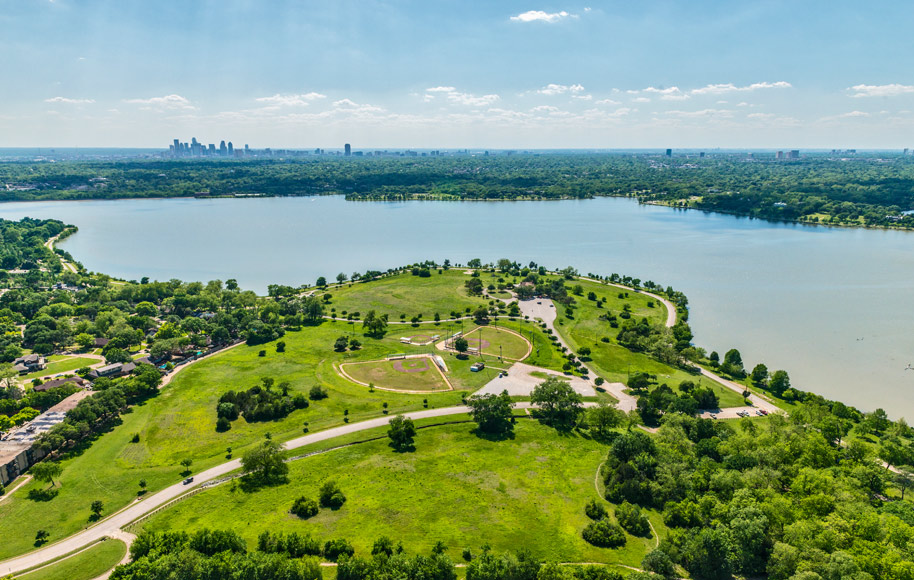
Photo by Danny Fulgencio
By BYRON HARRIS
After the death of a 12-year-old girl and the evacuation of 2,800 people in a neighborhood north of Love Field, the reason for the leaking natural gas that caused it all has yet to be determined.
Atmos Energy, which controls thousands of gas lines in Dallas, says the gas leaks, fires and ultimate explosion that killed young Linda Rogers were the result of shifting soil after heavy rains. But the inherent danger in aging cast iron pipe is well known. In 2011, the Federal Department of Transportation issued a call to action for gas utilities to replace cast iron pipe. The DOT warned of the dangers of aging cast iron pipe, which can be subject to corrosion and rupture.
A map of Atmos’ Dallas gas lines, obtained by The Advocate from Dallas County Judge Clay Jenkins, shows all of Lakewood, parts of Forest Hills and a small part of Casa Linda are still home to hundreds of miles of cast iron pipe. In an interview with WFAA-TV, Judge Jenkins said Atmos hopes to have the pipe replaced with plastic pipe by 2023. Jenkins would like to see it finished this year. WFAA superimposed the pipeline map, which does not contain streets, with a street map of the city to approximate where the pipelines are.

By laying White Rock Lake and Samuell Park over the pipeline map, an area across Garland Road from the Arboretum and most of Lakewood are shown to have cast iron lines.
Atmos crews have been working on San Rafael Drive in recent weeks. Yellow Atmos flags are still in place.
Atmos did not respond to questions about the map, the extent of its cast iron network or the percentage of plastic pipe deployed in Dallas. In an email late Friday, the company said, “Currently, Atmos Energy is focused on restoring service in northwest Dallas and taking care of our customers. We are providing daily updates and will attempt to include an answer to your question in that update. We are keeping track of all inquiries.”
Bob Johnston lives in a subdivision near the White Rock Spillway built in the 1990’s. By that time, gas utilities were routinely using plastic pipe instead of corrosion-susceptible cast iron pipe. Still, in early January he caught an unmistakable whiff of natural gas while walking out the front door.
“I just thought it was something out by the meter,” Johnston says. But then he noticed the same odor on the other side of the house. He called Atmos.
“They were out here in 30 minutes,” he says. The crew put probes all around his house, in the flower beds, the lawn and by the meter out front. “They found the leak real quickly,” he says. “But they told me you should never smell gas.”
The crew gave him a short course in gas behavior. “What they said was the gas has a tendency of flowing toward structures,” he says. “And because it’s low to the ground, it gets up next to a building and will collect there. That’s why I would get a little whiff of it every time I went into the front door.”
The crew spent four hours excavating his front yard without saying what the problem was, other than a leak. They said they’d be back in a week, Johnston says, but that was two months ago. The heavy rains came, and then the explosion north of Love Field, which has crews working overtime.
Although his sidewalk remains broken, Johnston is relieved he made the call.





